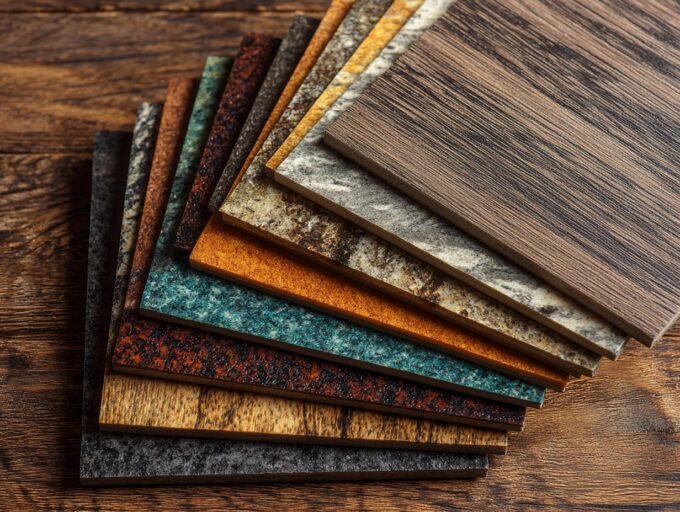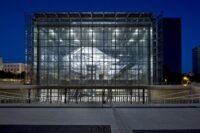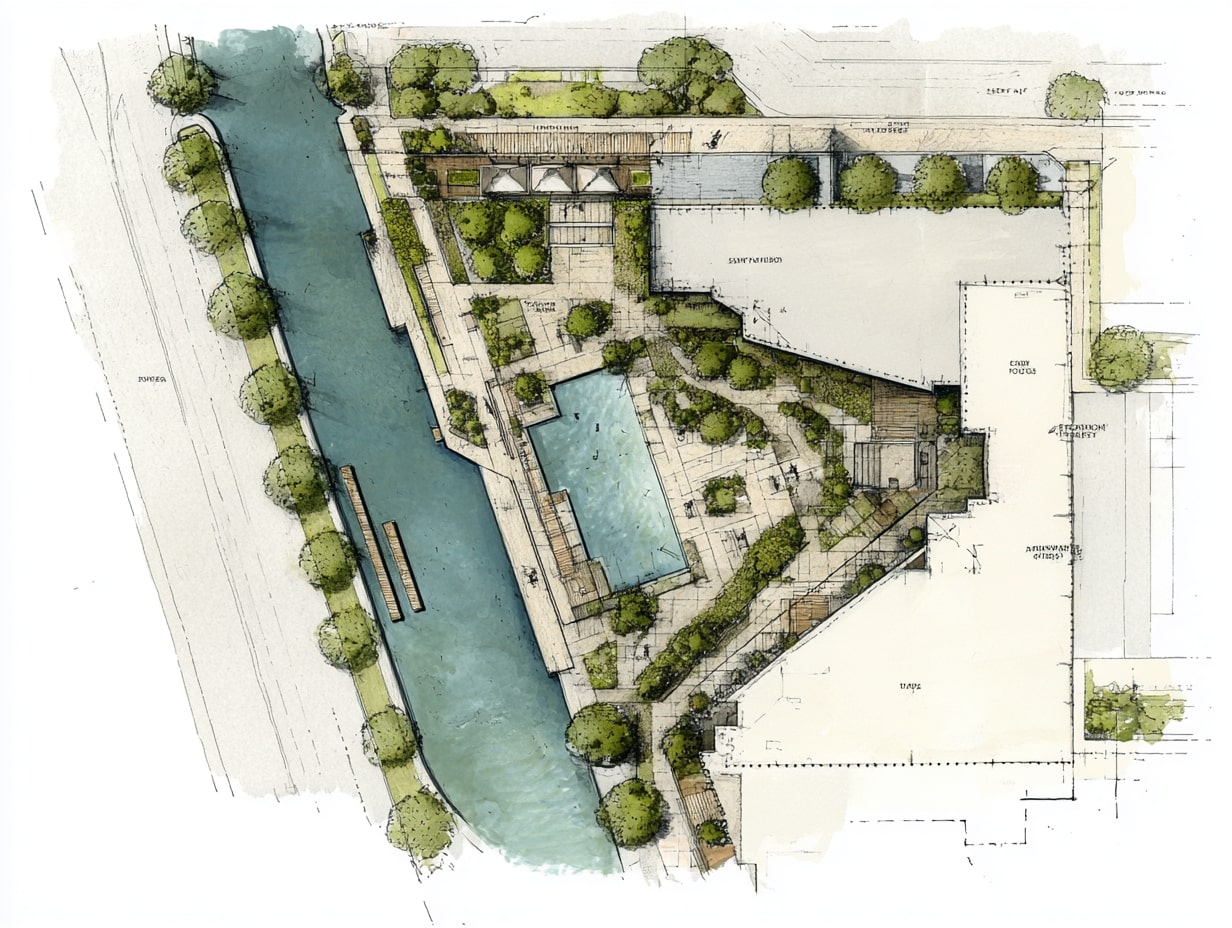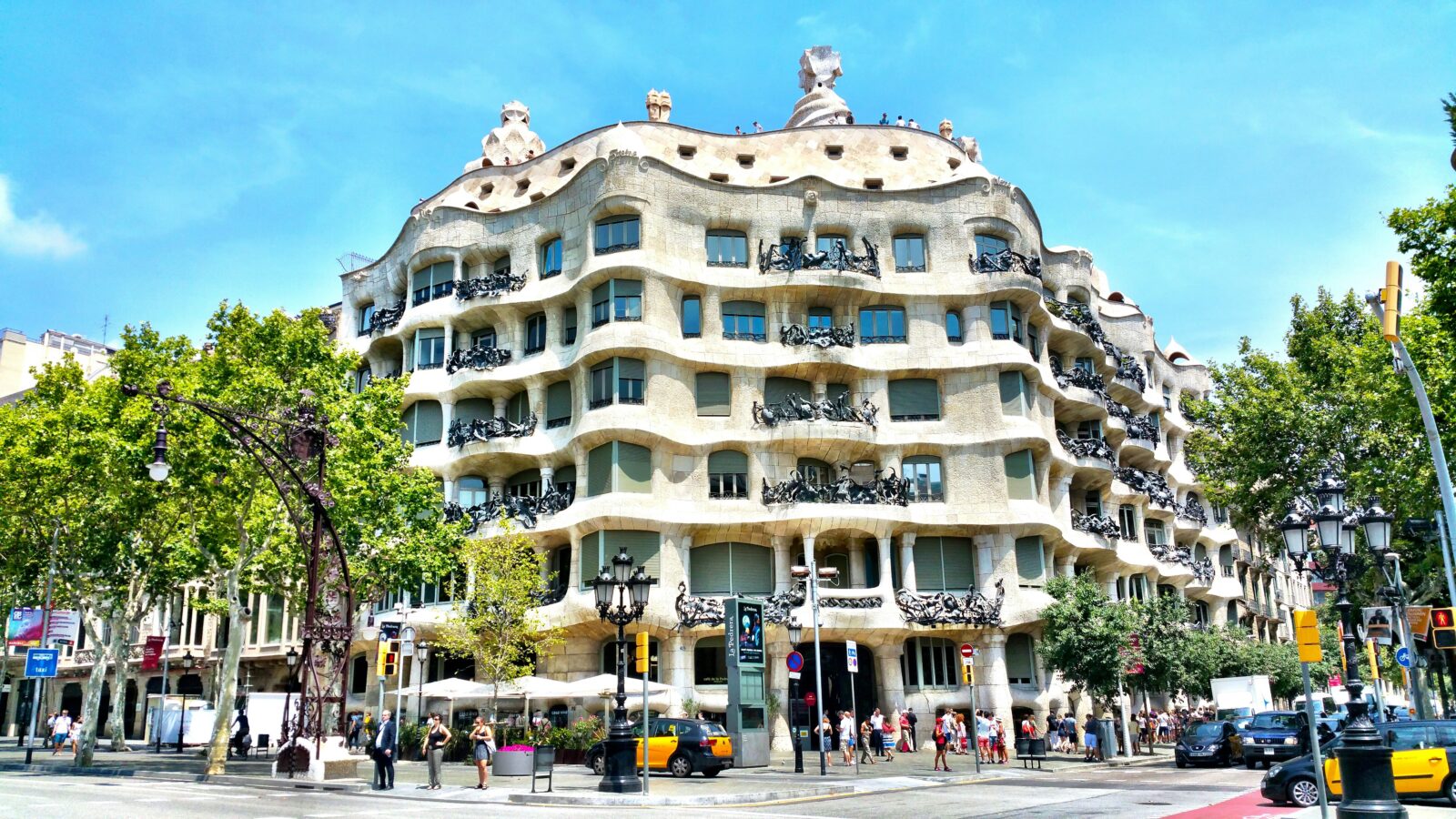- Home
- Articles
- Architectural Portfolio
- Architectral Presentation
- Inspirational Stories
- Architecture News
- Visualization
- BIM Industry
- Facade Design
- Parametric Design
- Career
- Landscape Architecture
- Construction
- Artificial Intelligence
- Sketching
- Design Softwares
- Diagrams
- Writing
- Architectural Tips
- Sustainability
- Courses
- Concept
- Technology
- History & Heritage
- Future of Architecture
- Guides & How-To
- Art & Culture
- Projects
- Interior Design
- Competitions
- Jobs
- Store
- Tools
- More
- Home
- Articles
- Architectural Portfolio
- Architectral Presentation
- Inspirational Stories
- Architecture News
- Visualization
- BIM Industry
- Facade Design
- Parametric Design
- Career
- Landscape Architecture
- Construction
- Artificial Intelligence
- Sketching
- Design Softwares
- Diagrams
- Writing
- Architectural Tips
- Sustainability
- Courses
- Concept
- Technology
- History & Heritage
- Future of Architecture
- Guides & How-To
- Art & Culture
- Projects
- Interior Design
- Competitions
- Jobs
- Store
- Tools
- More
What Is Art Deco Style? A Complete Guide to This Timeless Design Trend
Discover the elegance of Art Deco style, where bold geometric designs, luxurious materials, and timeless craftsmanship meet. Explore its origins, iconic features, and lasting influence on architecture, interior design, fashion, and more. From the Chrysler Building to vibrant home décor, learn how this iconic style harmonizes opulence with modernity across generations.

Art Deco style is one of those timeless designs that instantly grabs our attention with its bold elegance and geometric flair. Originating in the early 20th century, it’s a look that blends luxury, modernity, and craftsmanship in a way that feels both nostalgic and forward-thinking. From sleek furniture to striking architecture, Art Deco’s influence is everywhere.
We often see its signature elements—sleek lines, metallic finishes, and vibrant patterns—adding a touch of sophistication to homes, fashion, and even jewelry. It’s a style that celebrates opulence without being over-the-top, making it perfect for anyone who loves a mix of glamour and functionality. Whether we’re admiring a classic skyscraper or a vintage-inspired interior, Art Deco has a way of making us stop and appreciate its unique charm.

Table of Contents
ToggleWhat Is Art Deco Style?
Art Deco style, first emerging in the 1920s and 1930s, emphasizes geometric shapes, symmetry, and bold forms. It’s a design movement that blends modernity with luxury, drawing inspiration from industrial progression, ancient cultures, and the Machine Age.
Key elements of this style include streamlined curves, zigzags, chevrons, and sunburst motifs. The incorporation of rich materials such as marble, glass, chrome, and lacquered wood highlights its opulent nature. We often see vibrant colors like gold, silver, black, and jewel tones paired with sleek finishes, creating a striking contrast.
Art Deco spans multiple domains, influencing architecture, interior design, fashion, and graphic arts. Buildings like New York’s Chrysler Building and Miami’s Art Deco Historic District are emblematic of its architectural brilliance. In interiors, furniture and lighting often feature symmetry, polished metals, and ornate details.
This style prioritizes both form and function, resulting in designs that are as practical as they are visually stunning. Its enduring popularity lies in its ability to adapt contemporary aesthetics while maintaining its classic charm.
Origins Of Art Deco Style
Art Deco emerged during the interwar period, reflecting the social, cultural, and technological changes of the early 20th century. Its development marked a shift toward modernity, while preserving artistic craftsmanship.

Historical Context
Art Deco gained prominence after the 1925 Exposition Internationale des Arts Décoratifs et Industriels Modernes in Paris. This event celebrated modern decorative arts and showcased innovative designs blending functionality with luxury. The movement flourished during the 1920s and 1930s, coinciding with the Roaring Twenties and the rise of industrialization. Global economic growth and technological advancements inspired a forward-looking aesthetic, culminating in streamlined, machine-like forms and glamorous finishes. These elements resonated with a society eager for progress and sophistication.
Influences And Inspirations
Art Deco drew inspiration from diverse sources, resulting in a unique synthesis of styles. Ancient civilizations like Egypt, Greece, and Mesopotamia inspired motifs such as zigzags and stylized florals. The discovery of King Tutankhamun’s tomb in 1922 fueled interest in Egyptian designs, while classical influences introduced symmetry and proportion.
Industrial innovation spurred sleek lines and metallic accents, reflecting the machine age. Cubism’s fragmented geometric forms and Fauvism’s vibrant colors contributed to the movement’s visual identity. Additionally, travel and colonialism exposed designers to global art, with African, Asian, and Native American patterns enriching the style’s ornamental vocabulary. By combining modern and traditional influences, Art Deco achieved an aesthetic that was both progressive and timeless.
Key Characteristics Of Art Deco Style
Art Deco style is defined by its distinctive features that blend opulence, modernity, and precision. It incorporates specific design elements that celebrate luxury, symmetry, and bold aesthetics.

Geometric Shapes And Patterns
Art Deco employs geometric shapes and repetitive patterns as its hallmark. Symmetrical designs such as zigzags, chevrons, fans, and sunbursts are prominent. These motifs emphasize balance and structure. In architecture, we see stepped forms and tiered shapes, while interiors often feature angular furniture designs and decorative panels. Patterns inspired by cubism further enhance the geometry-driven appeal of the style.
Luxurious Materials And Finishes
Art Deco incorporates rich materials to convey a sense of sophistication. Common materials include marble, chrome, glass, stainless steel, and exotic woods like ebony or rosewood. Lacquered surfaces and polished metals create sleek, reflective finishes. Decorative inlays with ivory, mother-of-pearl, or semi-precious stones adorn furniture, lighting, and accessories. These elements elevate both form and function, adding an unmistakable air of grandeur.
Bold Colors And Contrasting Elements
Bold colors are integral to Art Deco, with jewel tones such as emerald green, sapphire blue, ruby red, and amethyst purple taking center stage. These shades often contrast with metallics like gold, silver, and bronze or neutrals like black and white. High contrast combinations amplify visual impact, creating striking focal points. Patterns often incorporate these vibrant palettes, ensuring a cohesive yet eye-catching design.
Art Deco In Architecture And Design
Art Deco’s influence on architecture and design highlights its commitment to bold geometric forms, luxurious materials, and intricate craftsmanship. It seamlessly integrates aesthetic appeal with functional designs, offering enduring examples of style and innovation.

Iconic Buildings And Structures
Art Deco architecture showcases bold vertical lines, symmetry, and decorative detailing. Iconic examples include New York’s Chrysler Building, with its stacked setbacks and gleaming spire, and the Empire State Building, celebrated for its streamlined forms and modern proportions. Miami’s Art Deco Historic District features pastel-colored facades, porthole windows, and tropical motifs, reflecting regional adaptations of the style. Globally, landmarks like the Palais de Tokyo in Paris and the Marine Building in Vancouver display the style’s adaptability. These structures combine functional spaces with opulent aesthetics, making them both practical and visually striking.
Interior Design Elements
Art Deco interiors integrate elegance, luxury, and practicality through curated design choices. Geometric motifs, such as zigzags and sunbursts, appear in flooring, wallpaper, and furniture design. Materials like ebony, glass, chrome, and lacquered wood enhance the opulence of spaces. Furnishings often include streamlined silhouettes and inlaid patterns for added sophistication. Lighting fixtures feature sleek profiles, often incorporating metallic accents or frosted glass. Bold color palettes, including jewel tones like emerald and sapphire, contrast with metallic finishes to create vivacious, balanced interiors. These elements reflect Art Deco’s ability to combine modern functionality with decorative flair.
Art Deco In Modern Times
Art Deco continues to influence modern aesthetics, blending its historic charm with contemporary trends. Its revival showcases the enduring impact of this bold and luxurious style in various creative fields.

Revival And Popularity
Art Deco experienced significant revivals during the late 20th century and into the 21st century. The movement’s timeless appeal, characterized by geometric symmetry and opulent materials, resonates with modern audiences seeking sophistication and structure. Cultural phenomena, such as the popularity of films set in the 1920s and 1930s like The Great Gatsby, have propelled renewed interest in the style. This resurgence is evident in contemporary architecture, fashion collections, and interior design trends that incorporate its distinctive motifs and high-gloss finishes.
The digital era has further amplified Art Deco’s presence, with graphic design platforms and independent creators reimagining classic patterns and shapes for logos, websites, and advertisements. Social media showcases the style’s versatility, bringing global attention to its luxurious and practical design language.
Applications In Contemporary Design
Art Deco seamlessly integrates into modern spaces, providing both visual elegance and functional utility. In interior design, we see bold color palettes pairing jewel tones with metallic accents, alongside sleek furniture crafted from polished chrome, brass, and exotic woods. Wall treatments featuring geometric wallpaper or sunburst motifs create striking focal points, while floor designs incorporate herringbone or chevron patterns for added texture.
Architectural projects referencing the Art Deco era feature vertical designs, symmetrical layouts, and intricate ornamentation—elements that highlight both grandeur and practicality. Modern skyscrapers and residential developments often pay homage to the style by using streamlined silhouettes and decorative metalwork.
In fashion, contemporary designers incorporate Art Deco’s iconic patterns and luxurious materials into jewelry, evening wear, and accessories. Chevron necklaces, geometric earrings, and metallic clutches remain popular among those embracing a blend of vintage and modern aesthetics.
Art Deco’s influence extends to modern technology and retail design. Tech brands use its sharp lines and symmetry for sleek branding, while luxury cosmetics and fragrance packaging often mimic its opulent craftsmanship, merging functionality with artistic appeal.
Conclusion
Art Deco remains a harmonious blend of luxury, modernity, and timeless design principles. Its bold geometric patterns, luxurious materials, and refined craftsmanship continue to captivate both enthusiasts and designers. We recognize its adaptability in contemporary aesthetics, where its historic motifs enhance modern architecture, interior design, fashion, and graphic arts.
Art Deco’s enduring charm lies in its ability to merge opulence with practicality, appealing across generations. From iconic structures like the Chrysler Building to modern graphic design applications, this style exemplifies sophistication and innovation.
- 1920s Art Deco
- Art Deco aesthetics
- Art Deco architecture
- Art Deco artists
- Art Deco celebration
- Art Deco design
- Art Deco exhibition
- Art Deco fashion
- Art Deco furniture
- Art Deco history
- Art Deco influence
- Art Deco interior design
- Art Deco motifs
- Art Deco movement
- Art Deco patterns
- Art Deco revival
- Art Deco style
- Centennial Art Deco
- classic Art Deco
- Iconic Art Deco
- Modern Art Deco
- timeless design
- Vintage Art Deco
Submit your architectural projects
Follow these steps for submission your project. Submission FormLatest Posts
Understanding Site Safety Footwear in Architectural Practice
Architecture is often discussed through drawings, models, and finished buildings, yet a...
General Arrangement Drawings in Architecture: The Backbone of Clear Design Communication
General Arrangement Drawings explained: what they are, when to use them, how...
The Ultimate Guide to Fencing in North Dakota: Choosing the Best Fence for Your Property
Watching a chain link fence twist in 70 mph winds near Minot...
Gaudí: Where Architecture Meets Science
Gaudí: Where Architecture Meets Science shows catenary arches, ruled surfaces, and biomimicry...












Leave a comment